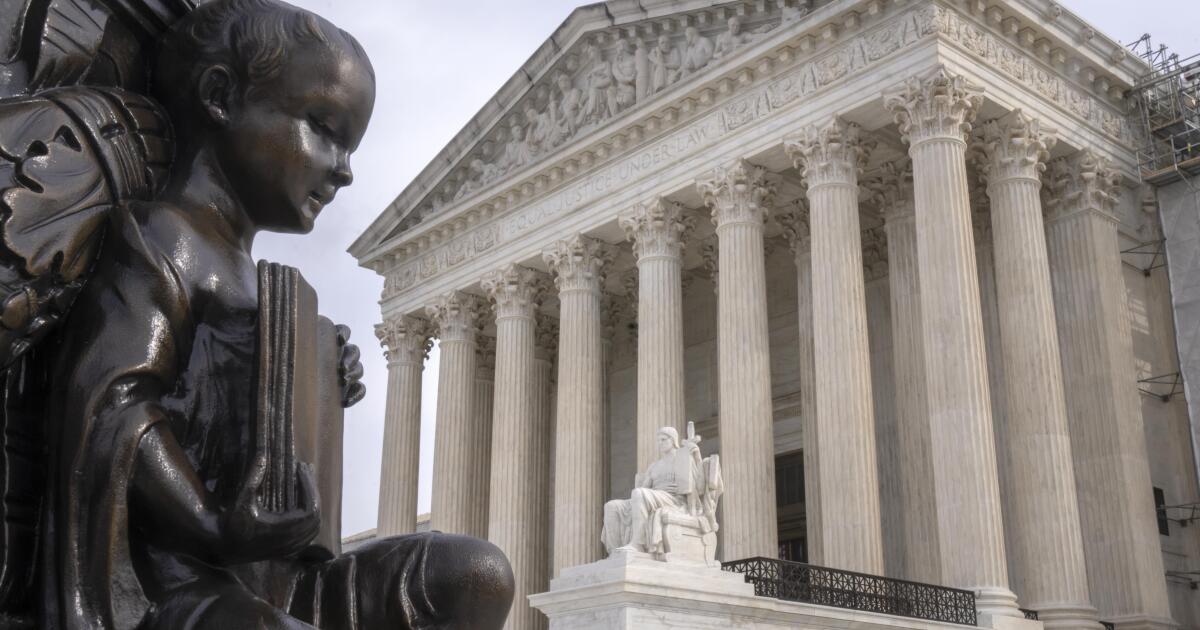U.S. Chamber of Commerce backs Carly Fiorina
Reporting from Fresno
Republican U.S. Senate nominee Carly Fiorina locked down the potentially key endorsement Monday of the U.S. Chamber of Commerce as she and her opponent, U.S. Sen. Barbara Boxer, clashed long-distance over their competing plans to create jobs in the state.
Wasting no time at the start of a month-long congressional recess when both Boxer and Fiorina will be campaigning full-time, Fiorina touched off a two-day tour covering ground from San Diego to Fresno to highlight the endorsement as well as her economic agenda, including her support for making all of the Bush tax cuts of 2001 and 2003 permanent.
Echoing an argument that Republican candidates intend to hammer across the country as they head into the midterm elections, Fiorina accused her rival of supporting “job-killing” tax and regulation policies and said allowing the Bush tax cuts to expire next year would amount to the largest tax increase in history.
Boxer’s aides said that she favors maintaining the Bush tax cuts for at least 98% of earners and that she is working with colleagues on legislation to address the issue.
Flanked by officials from U.S. and California chambers and other business groups, Fiorina also criticized recent small business legislation co-sponsored by Boxer and charged that her rival “has done nothing to make it easier for small businesses or family owned businesses.”
“She fights plenty for her own job, but she is not fighting for the jobs of the people of California,” Fiorina said during a stop at a plant nursery in Fresno where unemployment in the surrounding county is 16%.
After touring a summer enrichment program at Leo Politi Elementary School Monday afternoon in Los Angeles, Boxer described herself as a champion of the middle class and the working poor, and said Fiorina’s economic proposals, particularly on the Bush tax cuts, would be a boon to the wealthy.
The California Democrat brushed off the chamber endorsement, arguing that “naturally they’re not for me because I believe in a fair, very fair, tax system where the middle class and workers and the people in the middle get the breaks.”
“The Chamber of Commerce wants to go back to the Bush policies, to the tax cuts for people who earn over a million dollars a year,” Boxer told reporters. Those policies, she said, “drove us into this economic ditch: deregulation, tax cuts to the wealthy, two wars on a credit card, terrible deficits.” The chamber’s endorsement of her rival, she added, “only energizes me all the more because this race is about who’s on the side of the people of California.”
In the wake of a Supreme Court decision that corporations have a free-speech right to spend money to elect or defeat candidates, the U.S. Chamber has signaled that it intends to play a major role in this year’s midterm elections and that it has been rapidly expanding its grass-roots network.
The group is expected to more than double its spending on congressional elections from $35 million in 2008 to $75 million this year. The Fiorina-Boxer race is one of at least 10 Senate races that the group is focused on, along with about 40 House races.
Jennifer Duffy, a senior editor for the Cook Political Report who analyzes U.S. Senate and governor races, said the chamber could serve as a counterweight to Boxer’s labor allies and groups like EMILY’s List, which helps raise money for female candidates who favor abortion rights. Fiorina, who lent $5.5 million to her campaign during the primary, is racing to catch up with Boxer in fundraising after the Democratic senator reported almost 12 times more cash on hand than Fiorina at the end of June.
“For Fiorina this is a net plus, she needs as many allies as she can get,” Duffy said. “It could be very important depending how much money it comes with it, and how much advertising they are going to do for her.”
William C. Miller, the U.S. Chamber’s national political director who was traveling with Fiorina Monday, would not say how much the group plans to spend in Fiorina’s race. But he praised Fiorina as a “rock star candidate” and said Boxer had been “consistently pro-tax, pro-lawyer, pro-unions and anti-growth and anti-small businesses.”
For several weeks before the summer recess, Boxer joined Democratic colleagues in pressing for legislation intended to boost lending to small businesses, but the bill was blocked by a Republican filibuster.
The measure co-sponsored by Boxer would have provided money allowing the U.S. Small Business Administration to guarantee up to 90% of loans to small businesses. Currently most SBA loans have guarantees of 50% to 75%, which is less appealing to lenders. The bill also sets up a $30 billion fund to encourage lending to small businesses by community banks.
But Fiorina said Monday that she opposed the legislation because the $30 billion fund amounted to a smaller scale version of a taxpayer-funded bailout, and that she did not believe it would help get credit flowing again to small businesses.
Staff Writer Seema Mehta contributed to this report.

